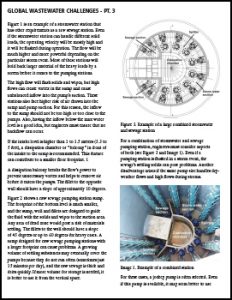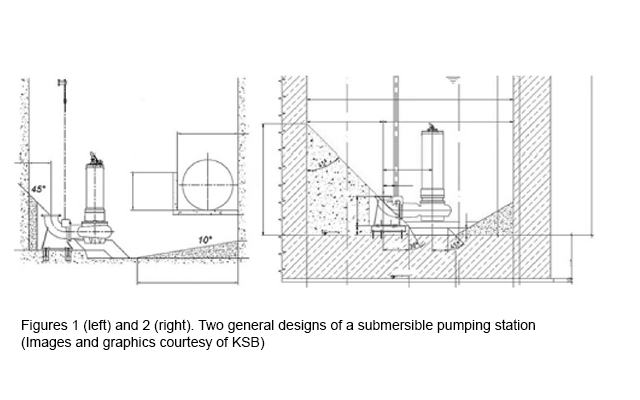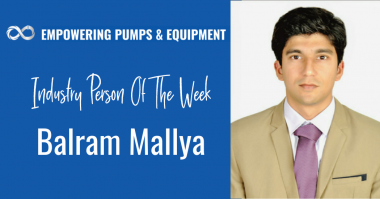Operating a wastewater facility is no easy task in today’s world. There are many challenges that owners / operators face, including sewage composition, water consumption, and an aging infrastructure. In the case of sewage composition, the composition of wastewater can be very difficult to predict. Sewage that is heavily-laden with solids and fibrous materials can affect not just the pumps in the station, but have a negative impact on the system as a whole.
So how can engineers help to address these issues to achieve trouble-free performance and efficient operations?
There are a few aspects to consider.
- Type of station – when it comes to system design and pump selection, a wastewater station that is designed to handle raw sewage will be different from a combined station that has to handle wastewater and storm water.
- Pump sump and intake design – depending on the pump station design, engineers must consider the velocity required to ensure solids can pass, but also make sure that flow is neither too fast nor too hard to cause vortex or air entrainment.
- Sump volume – for submersible pumping stations, sump volume is calculated according to the necessary storage volume of fluid, which is related to the maximum switching frequency. However, dead zones and zones that can cause vortex or swirls should be avoided. Proper design and shape of the sump on the pump’s backside helps to establish good flow and hydraulic conditions in the sump to improve the transport of solids and keep the sump clean.
- Inflow to the sump – When possible, the inflow should be below the water level. Often, backflow must be prevented or other geodetic conditions prevent the inflow from being that deep. If the inflow is above the water level, the water jumps into the sump and air can be entrained.
- Piping – wastewater can change in content and flow over time. Different stations handle different wastewater without detailed definition; therefore, optimum velocity for wastewater cannot be mathematically defined. However, global wastewater transport experience provides recommended values.
- Diameter of the vertical discharge pipe – specific velocities are required in wastewater transport. If the diameter is too large to have a velocity able to move the load, solids may remain in the pipe (even if the liquid comes through), especially if the variable speed is going down, everything will fall back on the back side of the check valve or into the pump and/or sump. If variable speed is used, the lowest possible speed should be considered in regard to diameter and velocity.
- Flow velocity – solids can settle in the horizontal pipe if the flow velocity is not greater than sink velocity, which is dependent upon solids’ specific weight, size, and shape. Engineers should consider recommended minimum velocities to avoid the risk of settling solids which might remain in the pipe (review the Recommended Minimum Velocities).
- Operating Concepts – some stations can operate multiple pumps in parallel arrangement; others may use jockey pumps or variable frequency drives to control the minimum and maximum flow and velocity. The specific operation of the pumps within a wastewater station can have affect how well the wastewater is handled.
 Download Part 3 of Global Wastewater Challenges to get in-depth details about pump station design considerations.
Download Part 3 of Global Wastewater Challenges to get in-depth details about pump station design considerations.




